Egyptian architecture refers to the architectural style developed by the ancient Egyptians from around 3100 BCE to 30 BCE. It is characterized by its monumental and enduring structures, which were primarily built for religious and funerary purposes. Egyptian architecture is known for its grandeur, symbolism, and unique design elements. Here are some key characteristics of Egyptian architecture:
-
Monumental Structures: Egyptian architecture is renowned for its massive and enduring structures. The most iconic examples include pyramids, temples, tombs, and obelisks. These structures were built using large stone blocks and were intended to last for eternity.
-
Symmetry and Balance: Egyptian architecture places great emphasis on symmetry and balance. Buildings and structures are often designed with bilateral symmetry, where one side mirrors the other. This creates a sense of harmony and order.
-
Massive Stone Construction: Egyptian architecture utilized large stone blocks, such as limestone and granite, in construction. These stones were precisely cut and fitted together without the use of mortar. The precision and durability of the construction techniques allowed the buildings to withstand the test of time.
-
Columnar Architecture: Egyptian temples often featured colonnades with rows of columns. The columns were typically papyrus-shaped or lotus-bud-shaped, reflecting natural elements. They supported the roof and created a sense of rhythm and verticality.
-
Pylon Gateways: Egyptian temples often had monumental gateways called pylons. These gateways were massive structures with sloping walls and a central entrance. They were adorned with intricate carvings and hieroglyphic inscriptions, serving as impressive entrances to sacred spaces.
-
Hieroglyphic Inscriptions: Egyptian architecture incorporated hieroglyphic inscriptions, which were carved into the walls and surfaces of buildings. These inscriptions conveyed religious and historical narratives, honoring the pharaohs and gods.
-
Sunken Relief Carvings: Egyptian architecture is known for its sunken relief carvings. These carvings were made by cutting the design into the stone surface, creating a recessed or sunken effect. The carvings depicted scenes from religious rituals, mythology, and daily life.
-
Mortuary Complexes: Egyptian architecture included elaborate mortuary complexes, such as the Valley of the Kings and the Valley of the Queens. These complexes consisted of temples, tombs, and funerary structures dedicated to the pharaohs and their families. They were designed to facilitate the journey of the deceased into the afterlife.
-
Mastabas and Pyramids: The earliest form of monumental architecture in ancient Egypt was the mastaba, a flat-roofed rectangular structure with sloping sides. Mastabas evolved into pyramids, which are characterized by their triangular sides and square base. Pyramids served as royal tombs and were built to house the pharaohs in the afterlife.
This is one of the forty original architectural styles based on which I generated references for the interior and exterior of the target building.
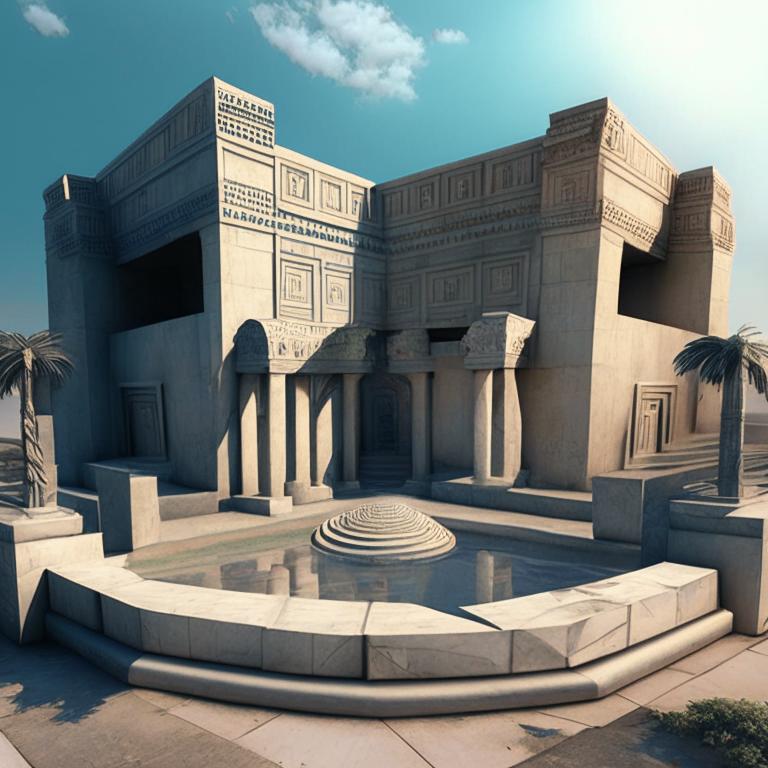
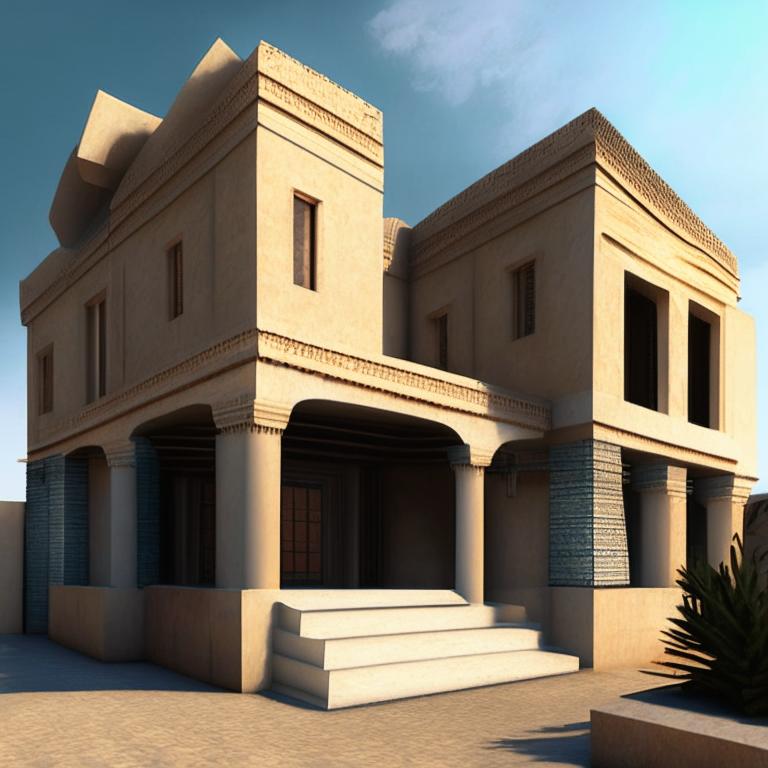
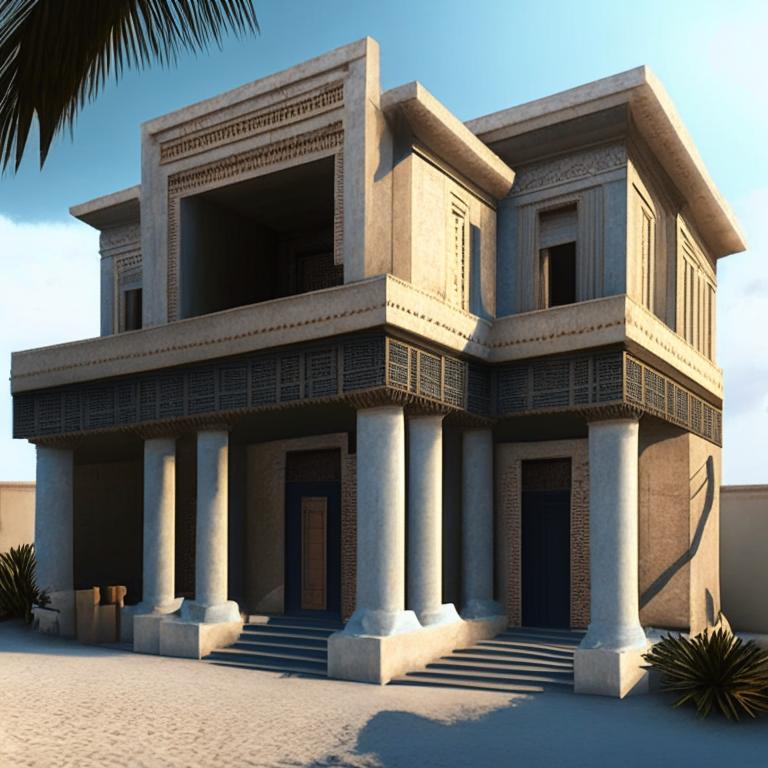

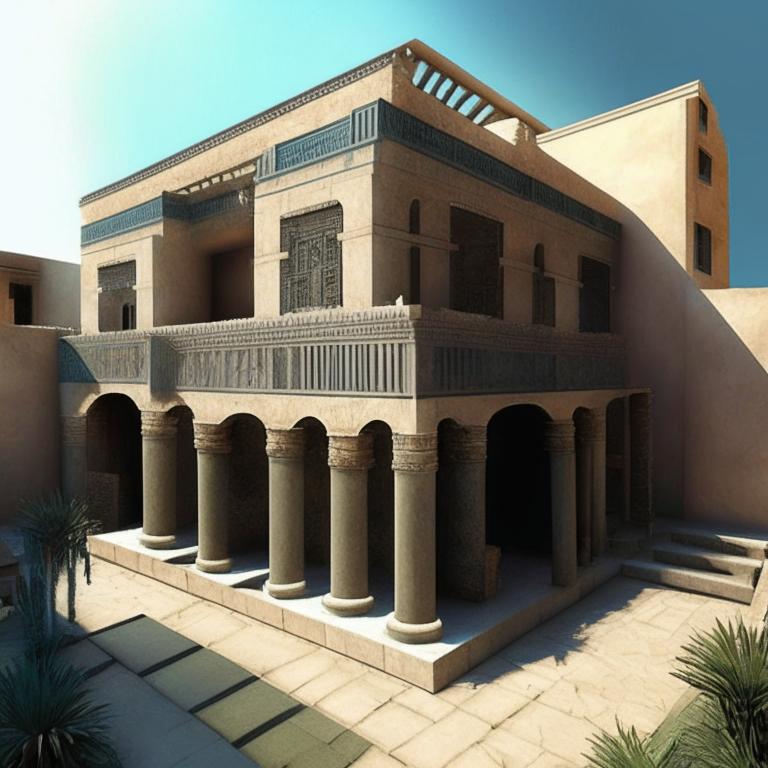
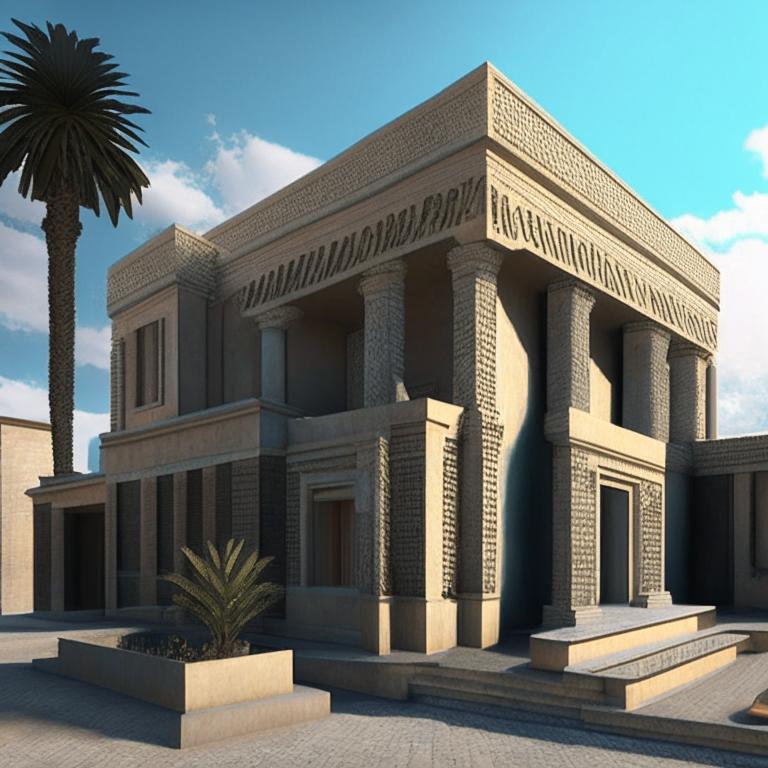
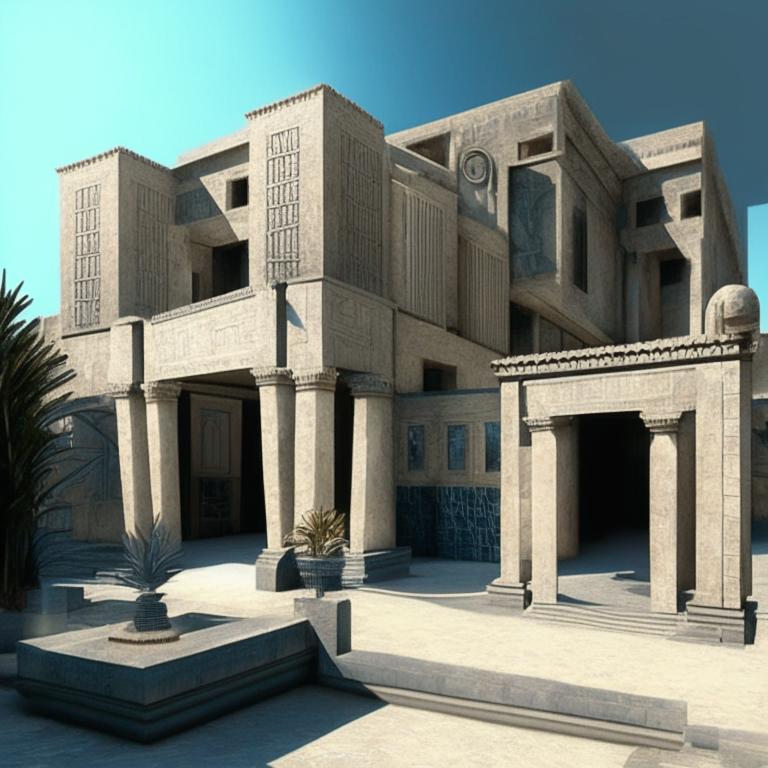
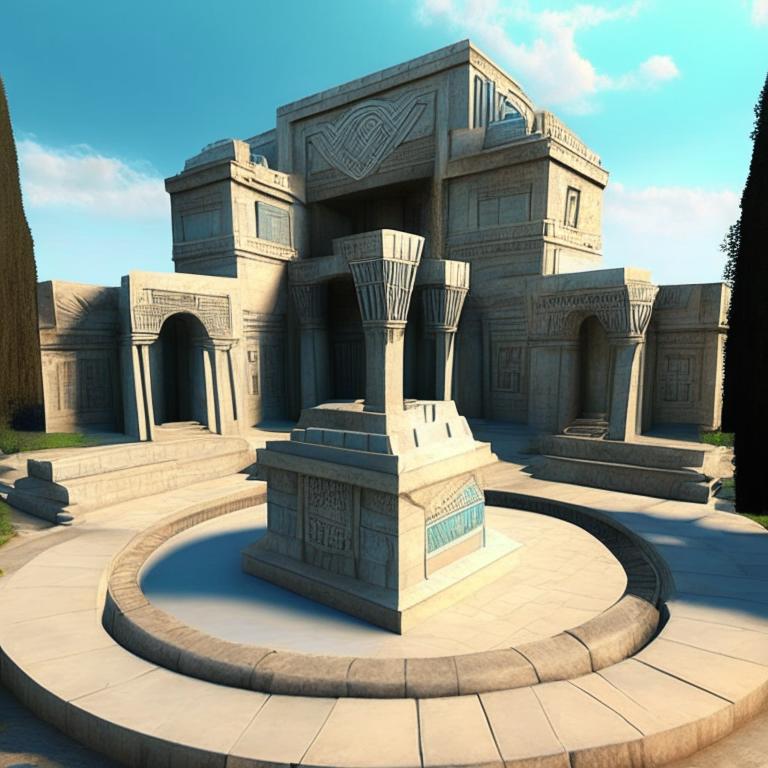
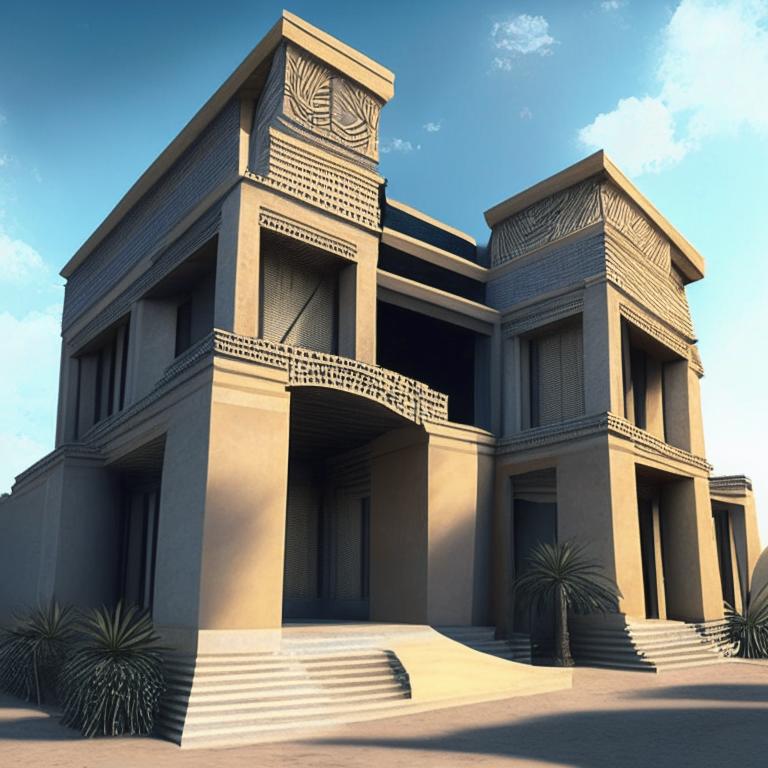
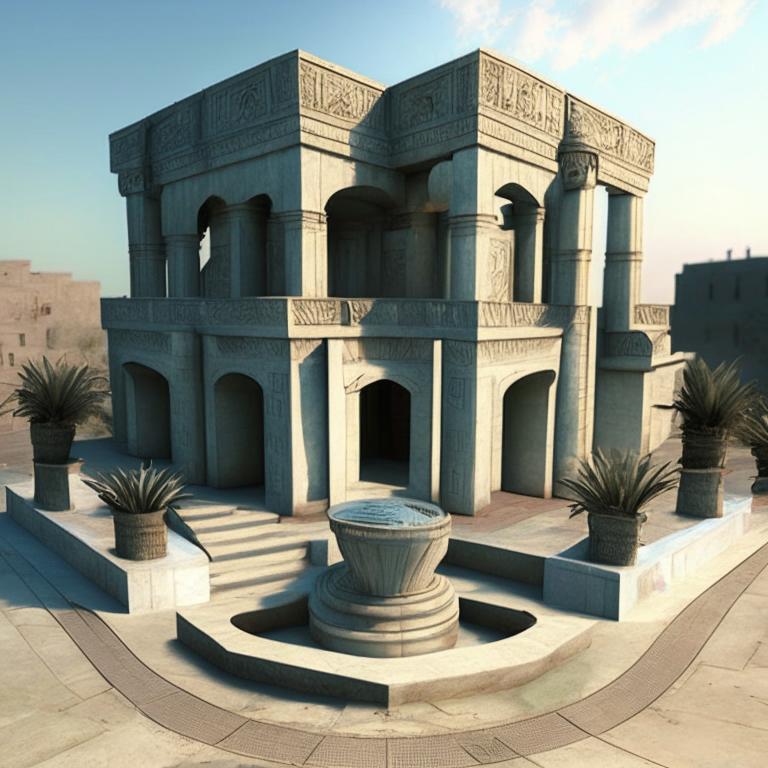

There is no comments